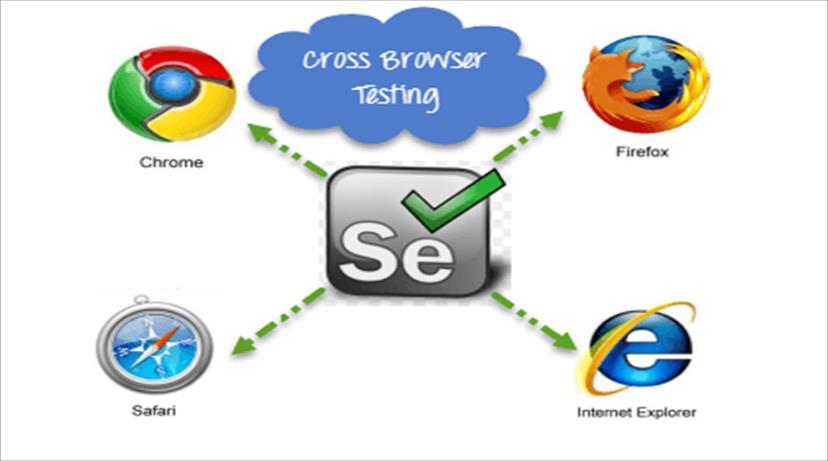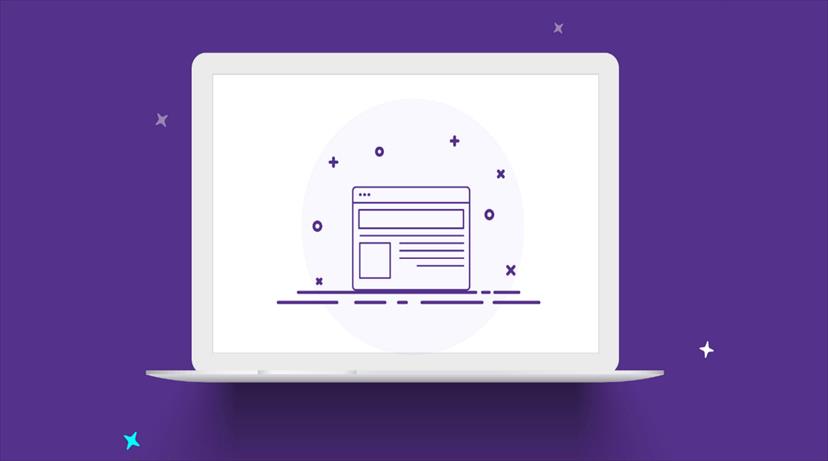One of the best company to work and IT solutions. Delivered product quickly and very fast. It was really mice working with them. I will give them move orders.
- Whatsapp Chat
- Telegram Chat
- Email: info@tritansolutions.com
- Skype:
- Login / Register
Introduction to cross-browser testing: The Ultimate Blog Guide | Tritan Solutions |
Cross-browser testing involves comparing and analyzing the behavior of your website in different browser environments. It helps ensure that your website delivers an optimal user experience, independent of the browser used to access it.

Cross-Browser Testing
What is Cross Browser Testing?
Cross-Browser testing is a category of non-functional testing that allows you to check whether your website operates as planned when accessed through:
1) Different Browser-OS combinations i.e., on prominent browsers like Firefox, Chrome, Edge, Safari—on any of the prominent operating systems like Windows, macOS, iOS, and Android.
2) Different devices i.e., users can look and interact with your website on prominent devices—smartphones, tablets, desktops, and laptops, etc.
3) Assistive Tools i.e., the website is consistent with assistive technologies like screen readers for individuals who are otherwise allowed.
It’s about shipping releases that are as browser-agnostic as feasible, which is crucial to delivering a consistent user experience on an eclectic, ever-growing spectrum of browsers/devices.
Why is Cross Browser Testing essential?
Imagine that you’re attempting to access a site that has 3D graphics on it. You open Safari, type the required URL, press Enter, and wait for it to load. When it does, none of the GIFs/or videos are loading. Buttons and text are all over the page scattered. You check your connectivity and reload, only to see a similar screen.
In the end, you’ll likely do one of 2 things– speculate that the site has a problem and leave to return later, or assume that the site is damaged and leave to discover an alternative.
Browser vendors obey Open Web Standards, but they have their understandings of it. Since they each render HTML, CSS, and JavaScript in distinctive ways, completely debugging your website’s source code is not sufficient to assure that your website will look and function as planned on various browsers (or various versions of a single browser).So it falls to web developers to outline browser differences. Cross-browser testing enables that by identifying browser-specific compatibility mistakes so you can debug them promptly. It helps assure that you’re not alienating a crucial percentage of your target audience– simply because your website does not function on their browser OS.
You can classify the characteristics that will undergo testing like this:
- Base Functionality: To assure that main functionality functions on most browser-OS combinations. For instance, you could be testing to assess that:
- All dialogs boxes and menus are operating as planned.
- All form fields accept inputs after assessing them correctly
- The website holds first-party cookies (and features like personalization that are dependent on them) accurately.
- Seamless touch input for mobiles or tablets.
- Design: This assures that the website’s appearance—fonts, pictures, and layout—matches the specifications shared by the Design team.
- Accessibility: Accounts for compliance with Web Content Accessibility Guidelines (WCAG) to facilitate oppositely abled users to access the website.
- Responsiveness: Verifies that the design is fluid and matches numerous screen sizes/orientations.
How Do I Select Browsers for Testing?
The sheer number of browsers, devices, and operating systems out there make it absurd to create for and test on every browser-OS combination that may exist. A more logical objective is to concentrate your testing efforts towards maximizing your website’s reach within your target market. To achieve this, you’ll require to lock down the most significant browsers and versions:
- Based on popularity: Select the 10-20 most prominent or commonly utilized browsers. Pick the top 2 platforms—like Android and iOS. This is to maximize your reach in any target audience market. This is commonly what B2C (consumer-facing) websites optimize for.
- Based on analysis: Analyze your website’s traffic stats as apprehended by analytics tools (like Google Analytics or Kissmetrics) and break them down by device/browser. The objective is to discover out.
When is Cross Browser Testing Implemented?
Pivoting on your role and workflow, you could be operating cross-browser tests:
- During Development: Website Developers in Continuous Integration pipelines test new characteristics to make sure they’re cross-browser compatible before pushing the modifications to the production stage.
- In Staging/Pre-Release: QA teams do this for every Release Candidate to make sure that no browser compatibility problems crop up in the latest version of the website.
Who Does Cross Browser Testing?
The short explanation: Anyone who designs/develops for the Open Web.You don’t have to understand coding to make usage of interactive cross-browser testing tools. BrowserStack Live, for example, is furthermore utilized by marketers and web designers, who are promptly testing landing pages/new designs for cross-browser rendering and responsiveness.
Normally, QA teams accomplish test scenarios on numerous browsers to make sure the build meets browser compatibility benchmarks. UI teams drive cross-browser tests to discover how the website front-end fares on various devices and orientations.
Conclusion
Let’s rapidly recap the 7 broad steps that are involved in cross-browser testing:
- Specify which features you’ll test and write steps to determine the scenarios.
- Specify the browsers and platforms—either by popularity or site traffic analysis—that you’ll test on.
- Pick how you’ll implement the test scenarios—manually or automatically.
- Set up devices/browsers you’ll test on (or bind with a cloud-based provider).
- Implement test scenarios on browsers with the greatest share of traffic, then move on to outliers.
- Document and share the test outcomes with teams who can debug/fix issues.
- Continuously run cross-browser compatibility tests to assure that no bugs were missed.
Let’s be candid —if all browser dealers followed open web standards uniformly, cross-browser compatibility testing won’t be required at all. But we live in a world where browsers strive for market share. Tritan Solutions delivers an end-user experience that’s always delightful across a multitude of web browsers and devices.
Leave a Reply
0 Comment









